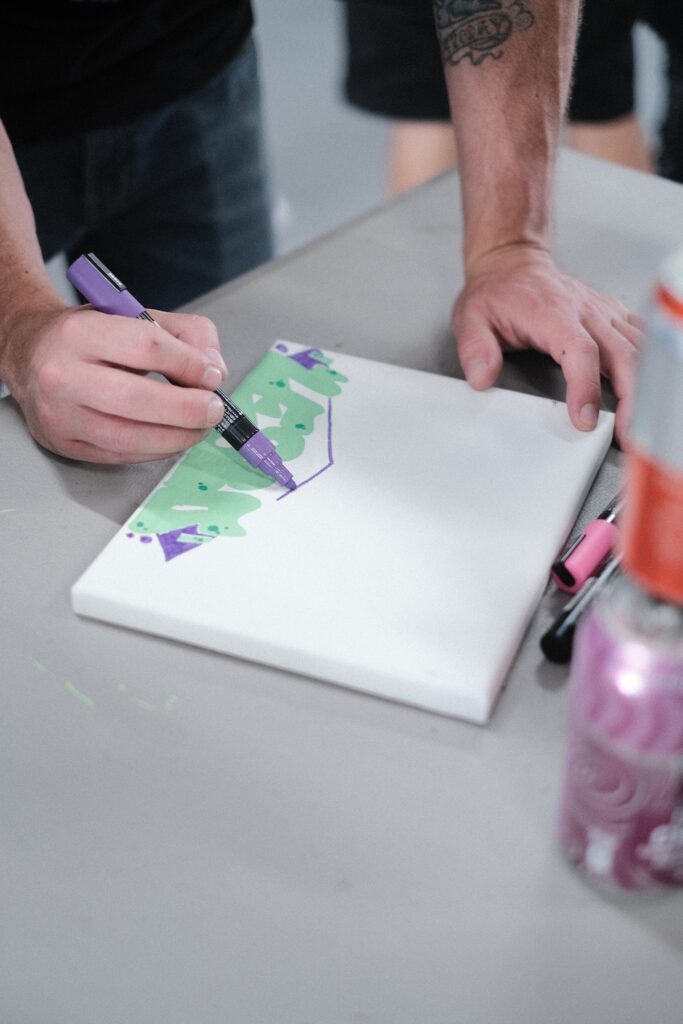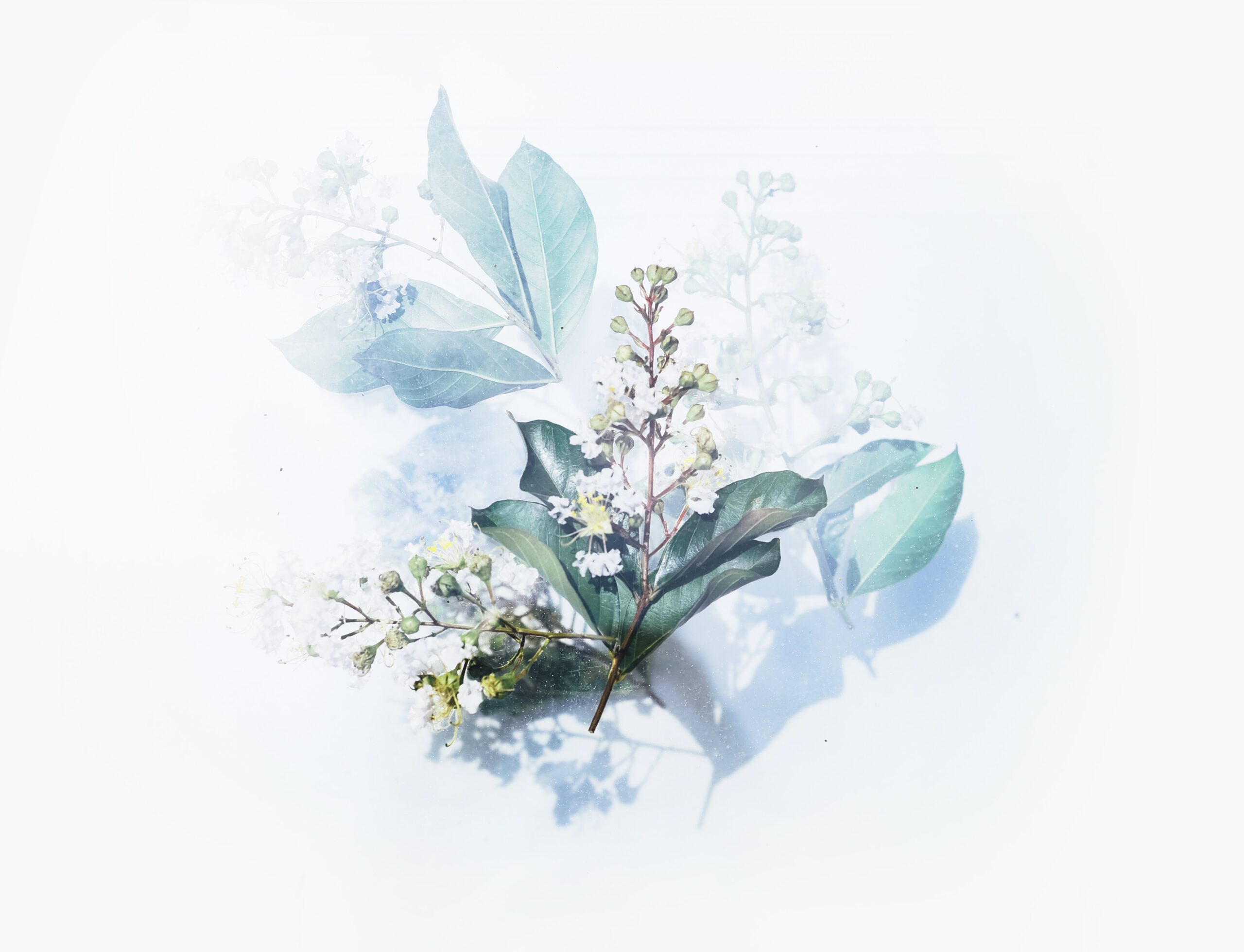In the realm of artistry, the allure of a glossy finish on acrylic paint is undeniable. It captivates the eye and adds a touch of sophistication to any creation. However, the process of achieving this lustrous effect often involves varnish, a substance that may not be readily available or preferred by everyone. Fear not, for there exists an alternative method to achieve a glossy sheen on your acrylic paint, without the need for varnish. This article will guide you through the steps and provide invaluable tips on how to make your acrylic paint shine with a stunning gloss, enhancing the overall beauty of your artistic endeavors.

This image is property of images.unsplash.com.
Why Make Acrylic Paint Glossy?
Acrylic paint is widely used by artists due to its versatility and fast-drying nature. While acrylic paint can have a matte finish, many artists prefer a glossy finish for various reasons. There are two main benefits to making acrylic paint glossy: enhancing the appearance of the artwork and protecting the painting.
Enhancing the Appearance
A glossy finish can greatly enhance the appearance of an acrylic painting. It adds depth and richness to the colors, making them appear more vibrant and intense. The shiny surface also gives the artwork a professional and polished look, enhancing its overall aesthetic appeal. Whether you’re a professional artist or a hobbyist, a glossy finish can elevate your acrylic paintings to the next level.
Protecting the Painting
In addition to enhancing the appearance, a glossy finish also serves as a protective layer for the painting. Acrylic paint, although durable, can be prone to scratches, fading, and damage from exposure to light and moisture. By applying a glossy finish, you create a barrier that safeguards the painting from these potential risks, ensuring its longevity and preserving its original beauty for years to come.
Factors Affecting Glossiness
Several factors can affect the glossiness of acrylic paint. Understanding these factors can help you achieve the desired level of gloss in your paintings.
Quality of Acrylic Paint
The quality of the acrylic paint you use plays a significant role in determining the level of glossiness. Higher-quality paints typically contain a higher pigment load, which leads to richer colors and a more vibrant finish. Cheaper paints may contain less pigment and more filler, resulting in a duller appearance. Investing in high-quality acrylic paints will give you better control over the glossiness of your artwork.
Surface Texture
The texture of the surface you are painting on can also affect the glossiness of acrylic paint. A smooth surface tends to reflect more light, resulting in a glossier finish. On the other hand, a textured surface can create areas of light and shadow, which can give the painting a more matte appearance. If you prefer a glossy finish, consider using a smooth surface or priming the textured surface to create a smoother base for your paint.
Thickness of the Paint
The thickness at which you apply the acrylic paint can impact the level of glossiness. Thicker layers of paint tend to have a more pronounced shine, while thinner layers may have a more subtle gloss. Experimenting with different layer thicknesses can help you achieve the desired level of glossiness in your artwork.
Prep Work for Glossy Finish
Before applying any glossy mediums or techniques, proper prep work is essential to ensure a smooth and flawless glossy finish.
Cleaning the Surface
Start by thoroughly cleaning the surface where you will be applying the acrylic paint. Remove any dust, dirt, or greasy substances that may interfere with the adhesion of the paint. A clean surface will provide a better base for the glossy finish.
Sanding the Surface
If the surface you are working on has a rough texture, it may be beneficial to lightly sand it before painting. This will create a smoother surface, allowing the paint to adhere evenly and reducing the chances of a patchy or uneven glossiness. Use fine-grit sandpaper and sand the surface in a circular motion, then wipe away any dust residue before proceeding.
Applying Gesso
Priming the surface with a layer of gesso can further enhance the glossiness of the final result. Gesso acts as a sealant, creating a barrier between the paint and the surface. It helps the paint adhere better and promotes a smoother, more uniform finish. Apply multiple thin coats of gesso, allowing each layer to dry completely before adding the next.
Using Mediums for Gloss
Acrylic mediums specifically designed to enhance glossiness can be added to the acrylic paint to achieve a glossy finish. There are several types of mediums available, each with its unique properties and effects.
Gloss Medium
Gloss medium is a commonly used medium that can be mixed with acrylic paint to increase its glossiness. It is transparent and dries to a glossy finish, without affecting the color or consistency of the paint. Gloss medium can be applied directly to the painting or mixed with the paint on the palette before application.
Gel Medium
Gel medium is similar to gloss medium in its gloss-enhancing properties but has a thicker consistency. It is commonly used to create textural effects and can be applied with a brush or palette knife. Gel medium can be mixed with acrylic paint or used as a topcoat to create a glossy finish. It is available in various levels of glossiness, allowing you to achieve the desired effect.
Acrylic Glazing Liquid
Acrylic glazing liquid is a fluid medium that enhances the glossiness of acrylic paint. It is often used for glazing techniques, where thin layers of translucent paint are applied over the base layers. When mixed with acrylic paint, it creates a thin, glossy glaze that adds depth and shine to the painting. Acrylic glazing liquid can be applied with a brush or poured directly onto the surface.

This image is property of images.unsplash.com.
Adding an Acrylic Retarder
Acrylic retarder is an optional additive that can be mixed with acrylic paint to extend its drying time. While it may not directly affect the glossiness of the paint, it can be beneficial when aiming for a smooth and glossy finish.
Extending Drying Time
By slowing down the drying time, acrylic retarder allows the artist to work with the paint for an extended period. This is particularly useful when layering and blending colors to achieve a seamless and glossy finish. The extended drying time gives you more control over the application, reducing the chances of visible brush strokes.
Avoiding Brush Strokes
When aiming for a glossy finish, minimizing visible brush strokes is crucial. The use of an acrylic retarder can help achieve a more even and smooth application, reducing the appearance of brush strokes. The extended drying time allows the paint to level out, resulting in a seamless and glossy finish.
Layering Techniques
Layering is a technique commonly used to achieve a glossy finish in acrylic paintings. By building up multiple thin layers of paint, artists can create depth and dimension, enhancing the glossiness in the process.
Multiple Thin Layers
Instead of applying a thick layer of paint, try building up the desired color and depth by applying multiple thin layers. Each layer should be allowed to dry completely before adding the next. This technique allows the light to bounce off the layers, resulting in a more pronounced shine and a glossy finish.
Gradual Layering
Gradual layering involves gradually increasing the opacity and glossiness of the paint with each layer. Start with a more matte or translucent layer, and gradually build up to a glossier and more opaque finish. This technique creates a gradual transition from less glossy areas to highly reflective sections, adding depth and visual interest to the painting.

This image is property of images.unsplash.com.
Wet-on-Wet Technique
The wet-on-wet technique is another approach to achieve a glossy finish in acrylic paintings. It involves applying wet paint onto a wet surface, allowing the colors to blend and create a smooth and seamless surface.
Blending Colors
By applying wet paint onto a wet surface, the colors naturally blend and mix together, resulting in a smooth and even application. This technique is particularly useful when aiming for a glossy finish, as it helps to minimize any visible brush strokes or texture.
Achieving Smooth Surface
The wet-on-wet technique promotes a smooth surface by allowing the paint to level out and self-level as it dries. The resulting surface is often glossy and free from any visible brush strokes or texture, creating a sleek and professional appearance.
Brushing Techniques
The choice of brushes and brushing techniques can influence the level of glossiness in acrylic paintings.
Using Soft Brushes
When aiming for a glossy finish, it is recommended to use soft brushes with synthetic bristles. Soft brushes tend to leave fewer visible brush strokes and create a smoother and more even application. Synthetic bristles are also less prone to splitting, resulting in a cleaner finish.
Brushing in One Direction
To achieve a more uniform and glossy finish, brush the paint in one direction, following the contours of the subject or the desired pattern. Brushing in one direction helps to minimize the appearance of brush strokes and creates a smoother and more consistent surface.

Buffing for a Glossy Finish
Buffing is a finishing technique that can be used to enhance the glossiness of acrylic paintings. It involves sanding the dry painting and using a soft cloth to create a smooth and shiny surface.
Sanding the Dry Painting
After the painting has dried completely, use fine-grit sandpaper to gently sand the surface. Sanding helps to remove any imperfections, such as visible brush strokes or texture, and creates a smoother surface. Be careful not to sand too aggressively, as this can damage the paint or substrate. Always sand lightly and gradually, checking the progress frequently.
Buffing with Soft Cloth
Once the painting has been sanded, use a soft cloth to buff the surface gently. Buffing helps to further smooth the surface and enhance the glossiness. Use circular motions and apply gentle pressure to achieve a glossy and polished finish. Buffing can be done with a microfiber cloth or a soft cotton cloth.
Post-Painting Options
If you do not have access to acrylic mediums or prefer not to use them, there are alternative options to make your acrylic paint glossy.
Using Clear Nail Polish
Clear nail polish can be used as a quick and accessible alternative to achieve a glossy finish. Apply a thin, even layer of clear nail polish over the dry acrylic paint, ensuring complete coverage. Allow the nail polish to dry and cure thoroughly before handling. Keep in mind that using nail polish may alter the appearance or texture of the paint, so it is best to test it on a small area or sample before applying it to an entire artwork.
Applying Liquid Wax
Liquid wax, such as floor wax or car wax, can also be used to create a glossy finish on acrylic paintings. Apply a thin layer of liquid wax over the dry paint, using a clean, lint-free cloth or a soft brush. Allow the wax to dry and buff the surface gently with a soft cloth to achieve a glossy finish. Test the wax on a small area or sample before applying it to the entire artwork to ensure compatibility with the paint.
In conclusion, achieving a glossy finish in acrylic paintings can greatly enhance their appearance and provide protection. Factors such as the quality of the paint, surface texture, and thickness of the paint influence the level of glossiness. Proper prep work, the use of glossy mediums and retarders, layering and brushing techniques, wet-on-wet technique, and buffing can all contribute to creating a glossy and professional-looking finish. For those who prefer alternative options, clear nail polish or liquid wax can be used to achieve a glossy effect. Experimenting with these techniques and finding the combination that works best for you will enable you to create acrylic paintings with a stunning and glossy finish.




